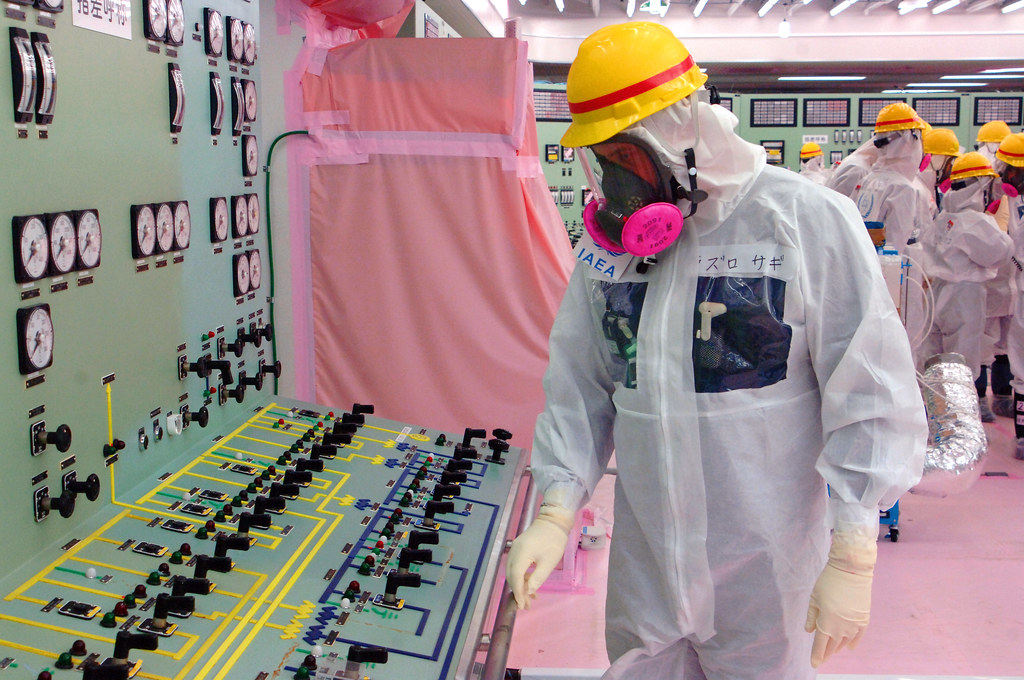The International Atomic Energy Agency (IAEA) has announced a significant upgrade to the Information System for Occupational Exposure in Medicine, Industry and Research database (ISEMIR-IR), aimed at improving protection for workers involved in non-destructive testing (NDT). This enhancement is expected to make the database more comprehensive and user-friendly, ultimately supporting better radiation safety practices.
ISEMIR-IR, which focuses on industrial radiography—a method using X-rays, gamma rays, and neutrons to inspect materials and components such as pipelines and car parts—has been upgraded to streamline data entry and analysis. The upgrade addresses user feedback by simplifying the data submission process, reducing mandatory questions by about 26%, and cutting submission time by approximately 30 minutes.
Key Upgrades and Benefits:
Improved Data Entry: The updated system features a streamlined questionnaire, making it easier for users to submit their annual datasets. This will encourage more frequent data entry, allowing for more meaningful analysis of radiation exposure.
Expanded Data: The database now includes 153 new datasets from the third ISEMIR-IR global survey conducted in 2022, increasing the data volume by approximately 125%. This expansion provides NDT companies with a more robust dataset for analyzing worker doses and improving safety practices.
Enhanced Accessibility: The new interface is available in all six of the IAEA’s official languages—Arabic, Chinese, English, French, Russian, and Spanish—making it more accessible to a global audience.
Continued Data Security: The system maintains high data security, with access restricted to registered users approved by the IAEA. These users must also submit their own data to access the anonymous data of others.
Benchmarking and Improvement: Richard van Sonsbeek, a radiation protection expert, highlighted that ISEMIR-IR is a valuable tool for NDT companies to benchmark their radiation protection programs against international standards. This can help identify opportunities for improvement and enhance worker safety.
The ISEMIR database was originally launched in 2015 to support the optimization of radiation protection for workers, with modules covering interventional cardiology and naturally occurring radioactive materials as well. The industrial radiography module was added to address the unique challenges of NDT work, which often involves difficult conditions such as confined spaces and extreme temperatures.
By enhancing the ISEMIR-IR system, the IAEA aims to support better radiation protection practices worldwide, helping users identify areas for improvement in their programs and learn from international experiences. Long-term data collection and analysis will further aid in dose benchmarking and safety optimization for workers globally.
For further information on ISEMIR-IR and radiation protection for workers, the IAEA offers webinars and additional resources.











